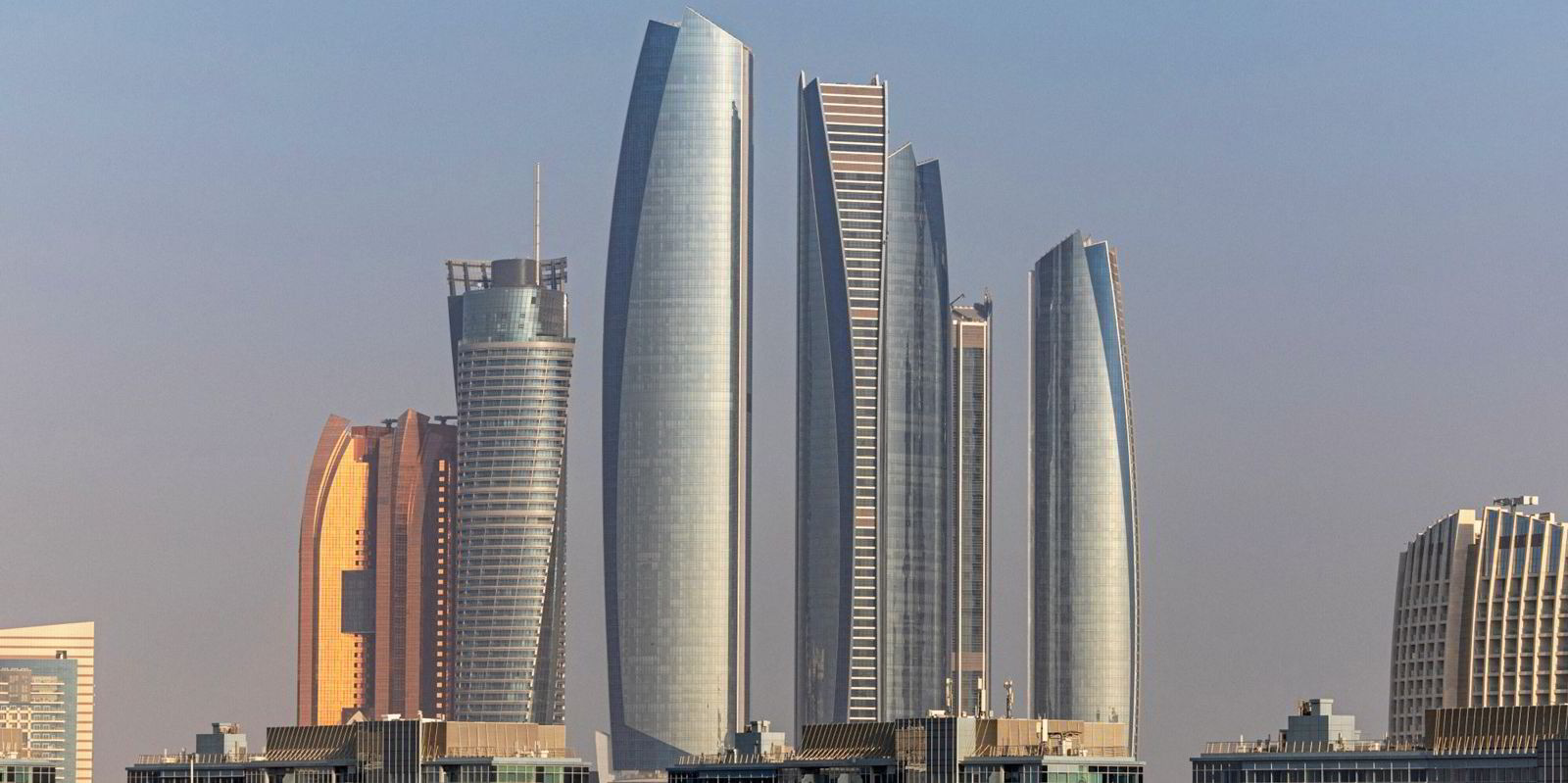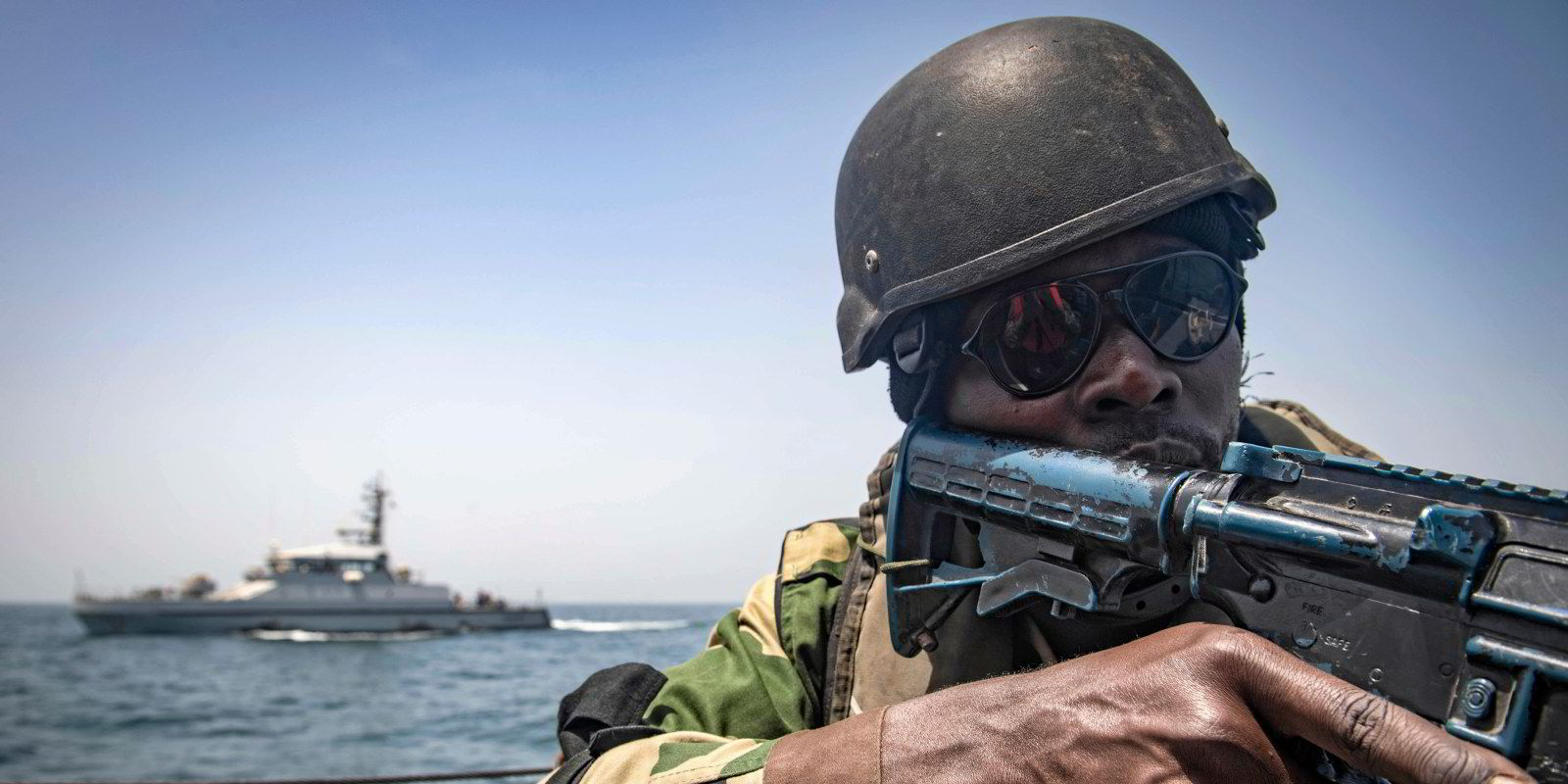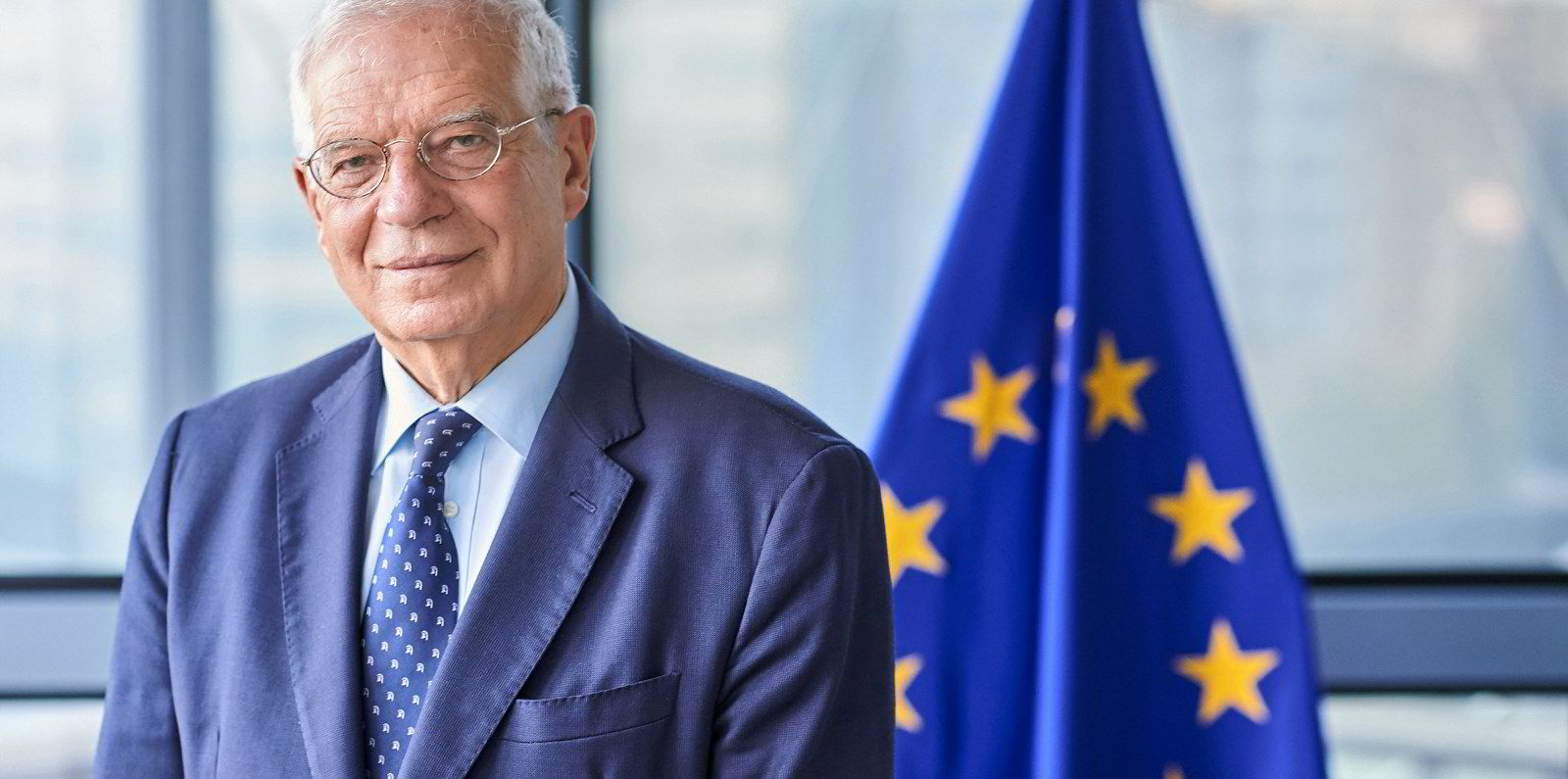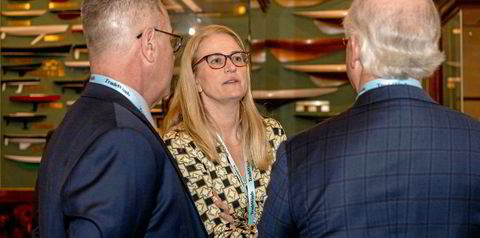Cameroon has been added to a list of flag states whose ships are restricted from calling at United Arab Emirates ports.
The registry, which is blacklisted by the Paris MoU, joins eight other flag states whose vessels cannot call into UAE ports and waters unless they have been assessed by a member of the International Association of Classification Societies or the domestic society, Tasneef.
The Cameroon registry has grown sharply since Russia’s invasion of Ukraine. It grew by 1m gt in 2022, an increase of 41.5%, despite being the worst-performing flag state assessed by the Paris MoU, the 27-nation body that inspects foreign-owned ships.
Its most recent annual report showed that 93 inspections of Cameroon-flagged ships from 2020 to 2022 resulted in 22 detentions.
Cameroon joins Albania, Belize, North Korea, Sao Tome & Principe, Tonga, Congo, Equatorial Guinea and Tanzania on the UAE restricted list.
The Ministry of Energy & Infrastructure did not give a reason for adding Cameroon in an industry circular issued on 2 January.
“All the maritime companies and ship agents in UAE are hereby requested not to provide the services to those vessels that are not complying with this circular to avoid legal accountability,” it said.
Small registers have become a popular choice for buyers of secondhand tonnage and have surged since the invasion of Ukraine. Many of the new tanker owners are based in Dubai.
Cameroon has been prominent, along with Togo, Sierra Leone and the Cook Islands, for flagging shadow fleet tankers that have hauled sanctioned oil cargoes from Iran, Venezuela and Russia.
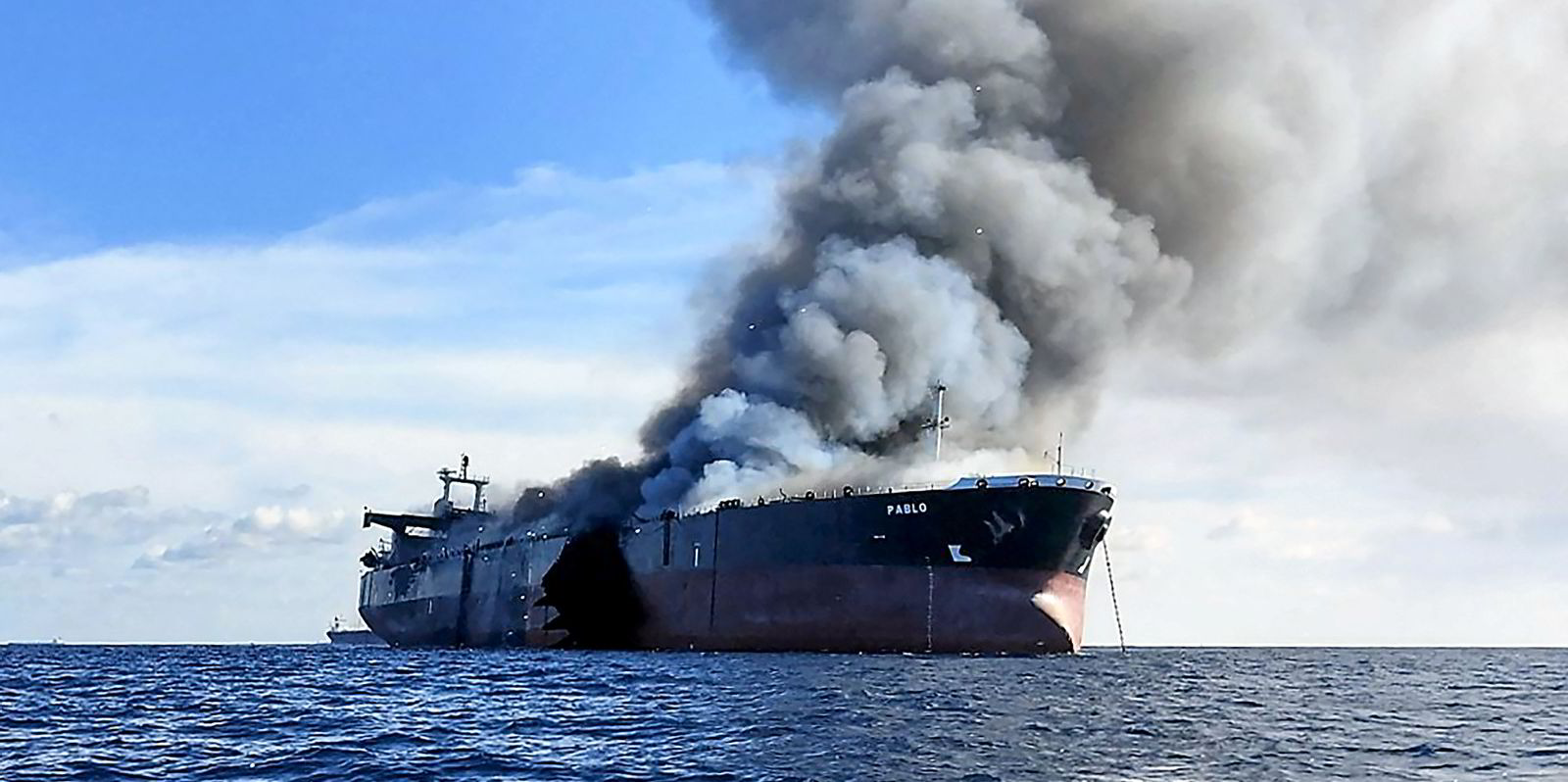
Concerns have been highlighted over the lack of scrutiny of elderly vessels, including the Cameroon-flagged 106,500-dwt Turba (built 1997), which was renamed Robon under new Kazakhstan ownership in December.
The tanker, which has been linked to Russian trades, appeared to be stranded because of likely mechanical problems for two days last October off the coast of Indonesia.
Shadow fleet danger
The Turba was identified during discussions at the International Maritime Organization last year about the growing risk of an accident involving poorly maintained tankers operating in the shadow trades.
The Turba had not had a full inspection since 2017, the IMO’s legal committee was told. Two months after the meeting, it was inspected by port state control in Yantai, China, where it was found to have a problem with its lifeboats but was cleared later that day.
The dangers of the ageing shadow fleet were highlighted by an explosion on a 26-year-old tanker — the 96,800-dwt Pablo (built 1997) — in Malaysian waters last May.
BRS Shipbrokers warned on Tuesday that the risk of a spill from a shadow fleet vessel remains while lightly regulated tankers transport a large amount of oil.
It assessed that 675 vessels operated in the shadows, equating to 7.4% of the global fleet, including 204 privately owned tankers only carrying out sanctioned business, excluding Russian trades.
“Considering that the average age of these ships is 21 while their certification and insurance is opaque, we consider that these tankers are the most worrisome from an environmental and regulatory perspective,” BRS said in a weekly tanker report.
“Although a spill might see the majority of the grey fleet regulated out of the market … it might have a negative long-term impact on markets.
“It could lead to increased scrutiny on tankers at a time when the market is navigating the energy transition.
“Eventually this scrutiny could make it harder for companies to raise capital to finance new tankers.”
Read more
- Marshall Islands shuts down shadow-fleet tanker insurer linked to grounded Liberty
- Elderly suezmax tanker carrying Venezuelan fuel oil grounds off Indonesia
- Comoros-flagged cargo ship sinks in Aegean with 14 crew on board
- One seafarer dead and 11 missing after cargo ship sinks in Black Sea storm
- Two-day halt for ageing tanker at centre of shadow fleet fears
